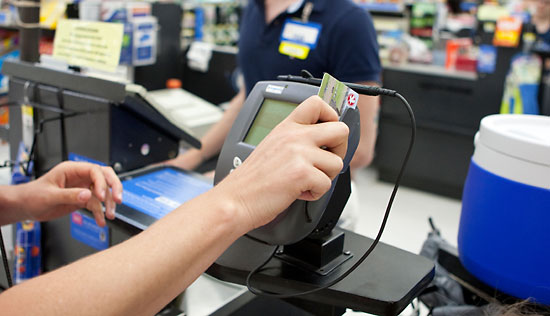Accounting
Consumer Confidence Dips While Consumer Spending Increases in July
The two leading consumer confidence indices reported a decline in financial confidence in July of this year. However, the decline in financial confidence consumers reported to confidence surveys is the complete opposite to their financial behavior ...
Aug. 18, 2015

The two leading consumer confidence indices reported a decline in financial confidence in July of this year. However, the decline in financial confidence consumers reported to confidence surveys is the complete opposite to their financial behavior, which was higher retail spending in July.
The Thomson Reuters/University of Michigan Index of Consumer Sentiment reported a decline of 3.0 points to 93.1 in July 2015, and the Conference Board Consumer Confidence Index dropped 8.9 points to 90.9 in July of this year. However, according to the U.S. Department of Commerce, retail sales increased 0.6 percent in July.
The disparity between what people say in response to confidence surveys and the way they actually behave with their money is a known phenomenon in behavioral finance. One of the reasons consumer confidence indices were late to report on the looming recession in 2007 was because consumers remained optimistic in their reporting to surveys, but acted contrary in real life.
A true measurement of financial confidence among consumers is achieved by measuring what consumers actually do with their money (objective) rather than ask them how they feel, which is subjective. The Money Anxiety Index measures consumer financial confidence by observing actual financial behavior. Contrary to the survey-based consumer confidence indices, the Money Anxiety Index reported a 0.1 drop in the level of financial anxiety, thus higher financial confidence in July, which explains the increase in retail sales.
The Money Anxiety Index is produced by Dr. Dan Geller, a behavioral finance scientist and the author of the book Money Anxiety. The index measures the level of consumers’ financial worry and stress based on their spending and savings pattern. Historically, the Money Anxiety Index fluctuated from a high of 135.3 during the recession of the early 1980s, to a low of 38.7 in the mid 1960s.
